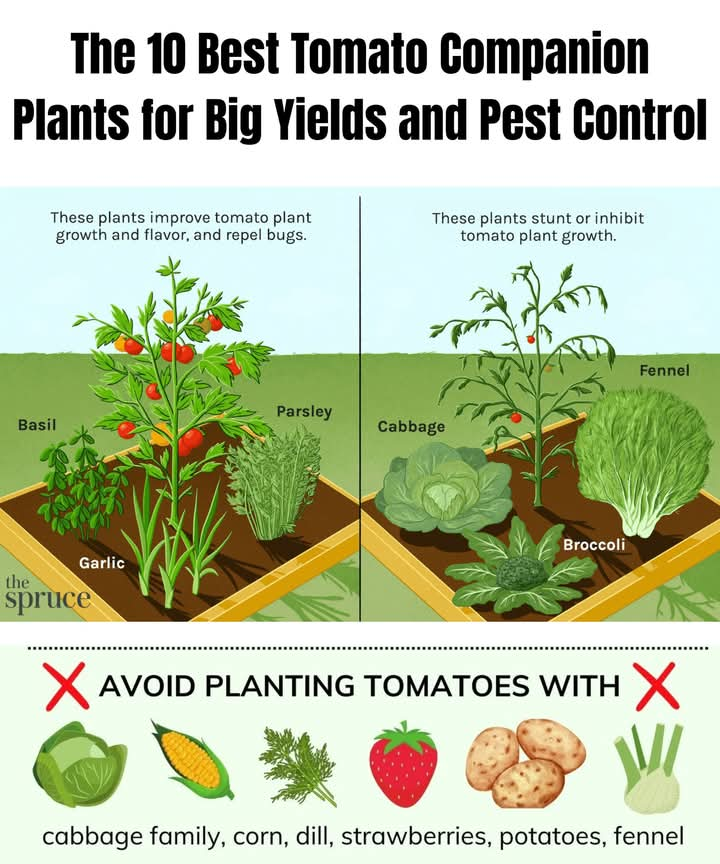Grow strawberries for maximum yield – Growing strawberries in soil bags
The best way to grow strawberries for maximum yield – Growing strawberries in soil bags
Growing strawberries in soil bags can be a practical and efficient way to maximize yield, especially for those with limited space or poor soil conditions. Here’s a guide on the best way to grow strawberries in soil bags for maximum yield:
1. Choosing the Right Bags:
Select large, sturdy, and well-draining bags with ample space for the strawberry plants. The bags should have drainage holes to prevent waterlogging.
2. Selecting Strawberry Varieties:
Choose strawberry varieties that are known for high yields and are suitable for container gardening. Everbearing or day-neutral varieties are often recommended for continuous fruit production.
3. Soil Mix:
Use a high-quality potting mix specifically formulated for containers. Ensure that the mix is well-draining and rich in organic matter.
4. Planting:
Plant strawberry runners or young plants in the bags, ensuring that the crown (the part where leaves emerge) is at or slightly above the soil surface. Space the plants according to the recommended spacing for the chosen variety.
5. Watering:
Keep the soil consistently moist but not waterlogged. Strawberries require regular watering, especially during hot weather. Use a drip irrigation system or water at the base to avoid wetting the foliage, which can reduce the risk of diseases.
6. Fertilization:
Use a balanced, slow-release fertilizer or a fertilizer specifically formulated for strawberries. Apply according to the package instructions. Feeding strawberries regularly is crucial for continuous fruiting.
7. Mulching:
Apply a layer of straw or pine straw as mulch around the strawberry plants. Mulching helps retain soil moisture, suppress weeds, and protect the fruit from direct contact with the soil.
8. Vertical Gardening:
Consider growing strawberries vertically by using hanging bags or wall-mounted bags. Vertical gardening maximizes space and provides good air circulation, reducing the risk of diseases.
9. Support for Runners:
Strawberries produce runners, which are stems that grow along the soil surface and can develop into new plants. Encourage vertical growth or provide support for these runners to prevent overcrowding and promote more fruit production.
10. Pruning:
Remove runners and older leaves to improve air circulation and sunlight penetration. Pruning also directs the plant’s energy towards fruit production. Regularly thinning the plants can prevent overcrowding and improve yields.
11. Pest and Disease Management:
Monitor for common strawberry pests such as aphids, spider mites, and slugs. Use organic or chemical solutions as needed.
Keep an eye on signs of fungal diseases, especially in humid conditions. Proper spacing, good air circulation, and avoiding overhead watering can help prevent diseases.
12. Harvesting:
Harvest strawberries when they reach full ripeness. Pick the berries carefully to avoid damaging the plants. Harvesting regularly encourages the plant to produce more fruits.
By following these steps, you can optimize the growth of strawberries in soil bags and enjoy a maximum yield of delicious, homegrown berries.




